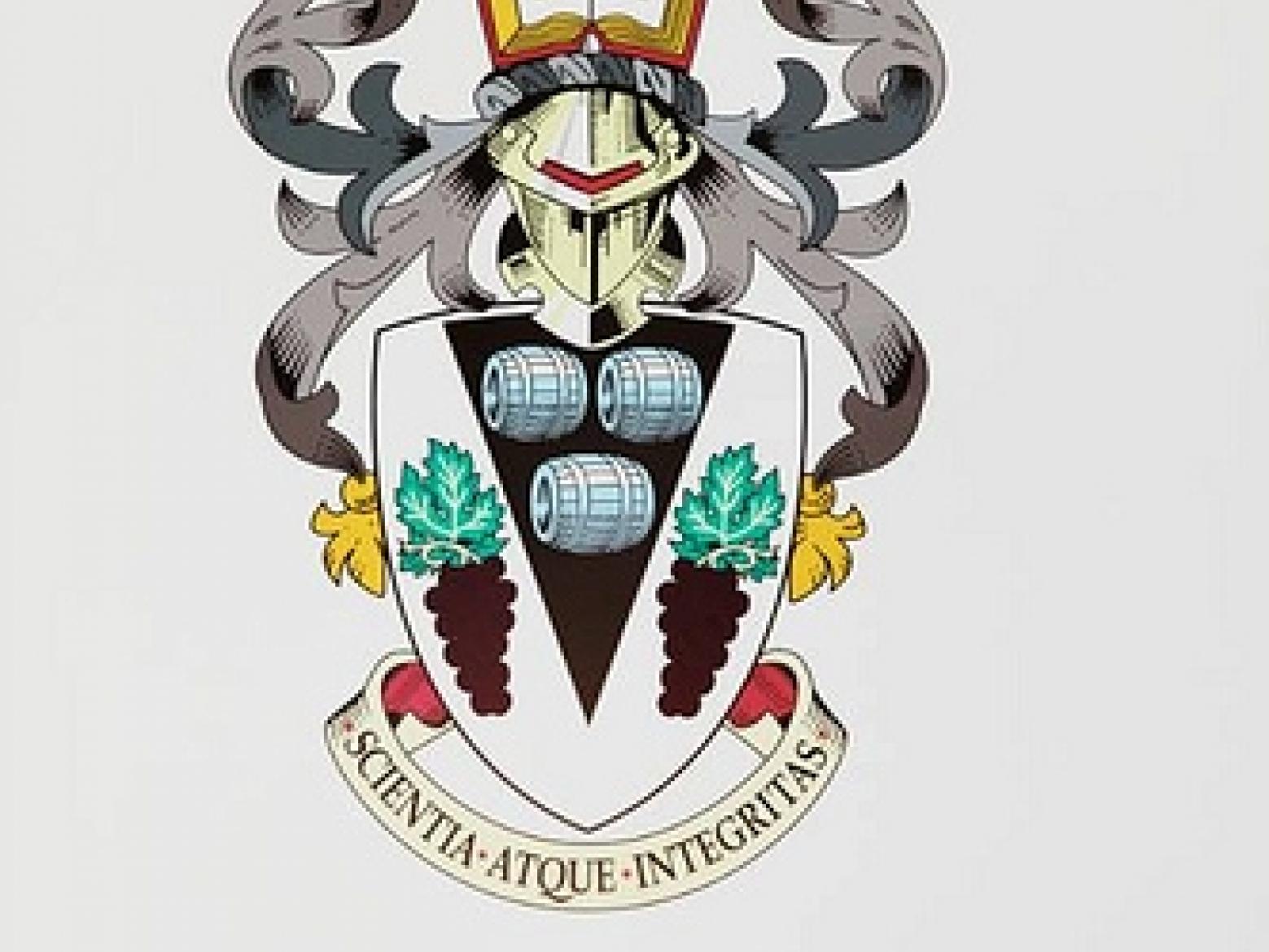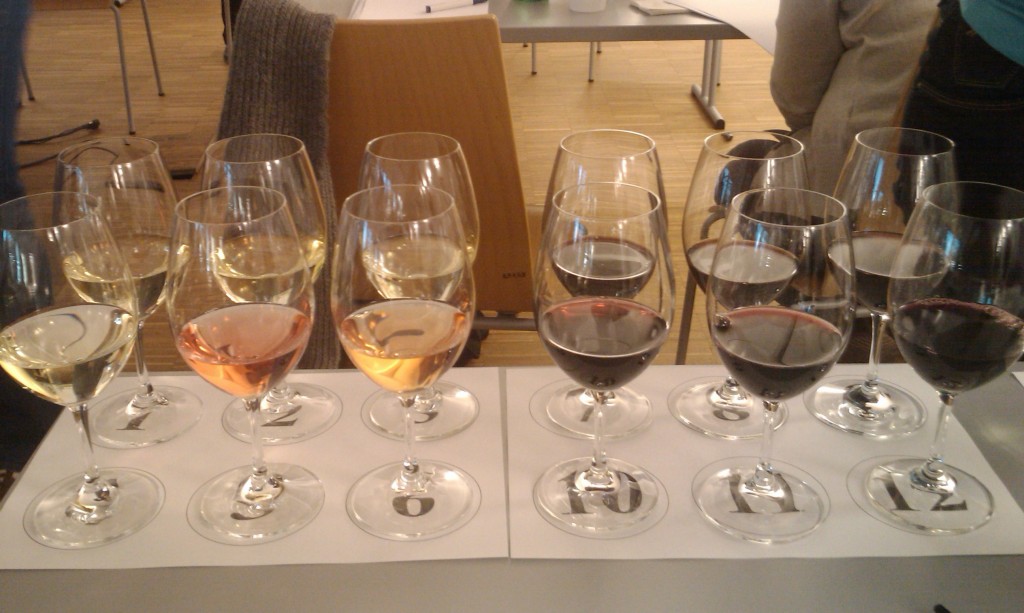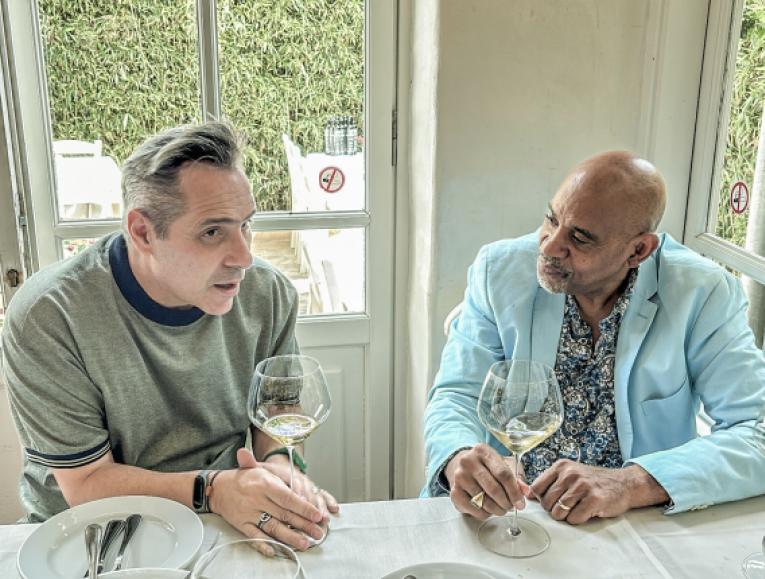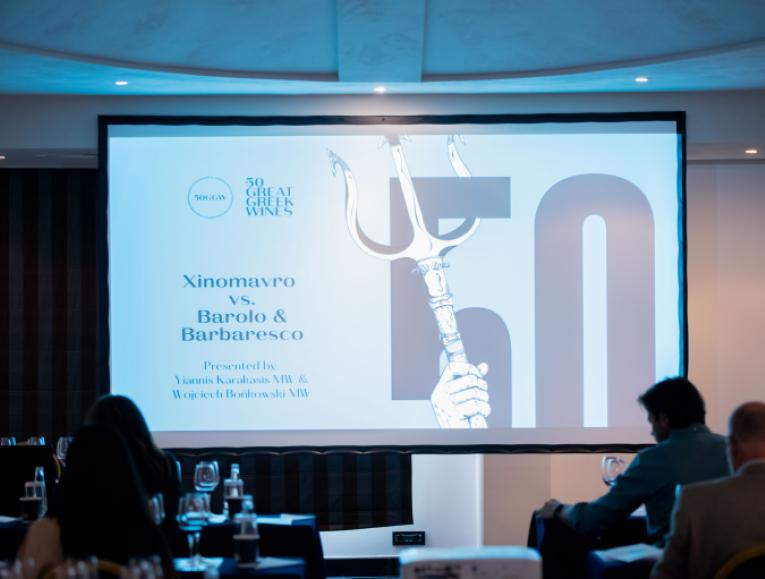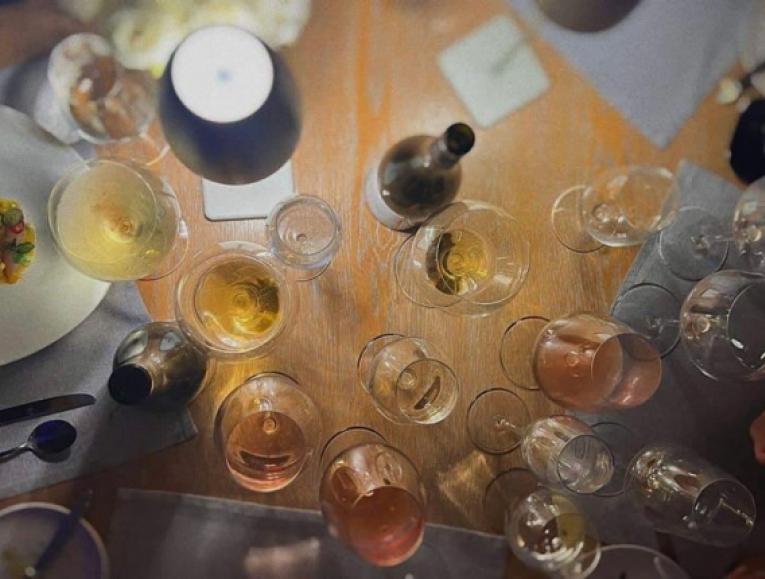MW exam: The ultimate examination
That notorious for its very low pass rate MW exam would be demanding was a sure bet just by looking at its timetable; start at 10 am and completion at 5 pm for three consecutive days and a more relaxed fourth day with only three exam hours. No big wonder that in order to pass the finish line, you need to be in shape otherwise you end up breathless. You need as well a smooth pen and possibly gentle handwriting to protect your fingers' epidermis!
But the real awareness of the difficulties involved, are revealed during the exam, where each MW candidate has to write down 11 essays of around 1000-1500 words (my choices from this year 2013 exam are at the end of the post) and taste under blind conditions of course, 36 wines filling approximately 45 pages in total with hopefully relevant arguments. All these fun stuff take place in mid-June London with the results traditionally announced the first week of September. The time in between suits perfect for wine-study detox, relaxation and vacation.
But when the last week of August knocks at your door, anxiety and agony take over. For the final countdown has started. Friday 6th of September was the B-day with the result mail thought to arrive in the evening. Hence I was still cool in the morning having prepared my medium roast Illy espresso and was just about to surf the facebook and twitter waves when the evening expected mail popped up. My first thought was, fine we won't have to wait the rest of the day. No second thought followed but I felt my heart would explode from my chest. Then with no other delay I clicked on the link. Fortunately the mail included a Pass in Theory and from what I've been told it is quite an achievement from a non-native English speaking person, especially in the first attempt. It sure feels rewarding and encouraging, having immediately charged my batteries by 150% to keep going on. On top of that I have to admit that 75% of my effort was spent on the part of the chaotic theory leaving little bit behind the Practical. There, I was rather close to whites and further away in reds with a Pass in mixed-bag Paper 3 which this year included a demanding 6 non-fortified stickies.
1st year MW Seminar (Rust, Austria)
Anyway this is one out of two ticks required before commencing the Research Paper and it gives me courage to continue for the second. Last year was the year interviewing growers, winemakers and marketeers visiting bottling lines and labs. This year I will simply move with a glass in my hand. 12 glasses to be accurate...
Paper 1 (from vineyard to malolactic) THE PRODUCTION OF WINE – PART 1
1.What are the most relevant pests and diseases today? Describe their effects and how they should be combated.
2. Critically assess the role of oxygen during vinification up to the completion of the malolactic conversion.
3. Define the effects Botrytis Cineria can have on wine quality and explain the measures a winery should carry out when both white and red grapes have extensive botrytis infection on entering the winery.
Paper 2 (maturation, QC/QA, wine faults) THE PRODUCTION OF WINE – PART 2
1. What would be the main quality control considerations when considering a change from bottling at source to shipping in bulk and bottling elsewhere?
2. Write concise notes on FOUR of the following; a) Hydrogen Sulphide b) Volatile Acidity c) Oak chips d) Carboxy Methyl Cellulose e) Isinglass
3. Consider the advantages and disadvantages of non oak maturation vessels.
Paper 3 (how to make a living from wine) ΤΗΕ BUSINESS OF WINE
1. What matters more to consumers in today’s wine market: brand, varietal or appellation?
2. How have the recent fluctuations in grape harvest size changed the global supply and demand of wine? How do you see this affecting the wine market in the next 24 months?
3. As an export manager for a medium sized wine estate, what strategies would you employ in the USA, Europe and China?(this is the only question that makes me wonder why I chose it because of its large scope)
Paper 4 (any question is possible, 1.5 hour per question) CONTEMPORARY ISSUES
1. Is the golden age for fine wine investment over?
2. To what extent is wine consumption healthy? How much is too much?
